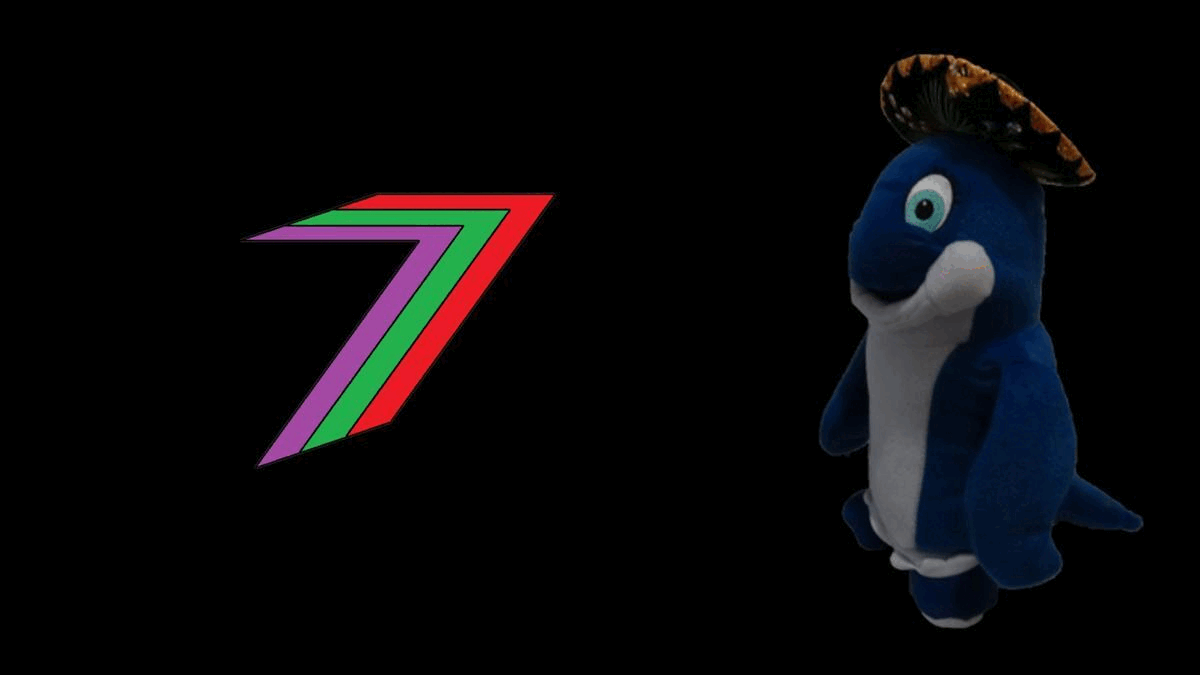Hi Everyone,
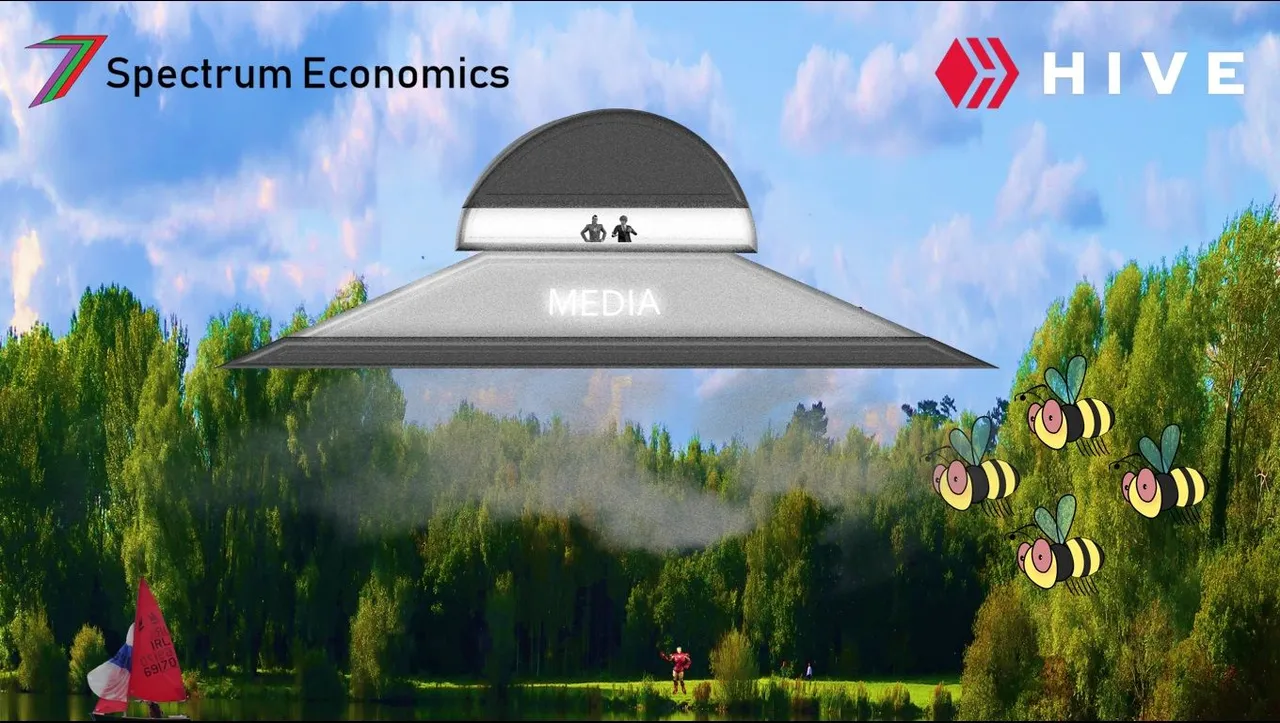
All living beings live in some form of ecosystem. These ecosystems are maintained through balance. We, humans, are a major outlier in terms of fitting into an ecosystem. We are normally more than just a part of an ecosystem. We control the ecosystem. We mould or manipulate our ecosystem to serve us. This is both a reason for the success of our species as well as a product of it. This leads to a cycle of greater and greater dominance. Is it possible for this cycle to be perpetual?
A Rough Idea of Natural Order
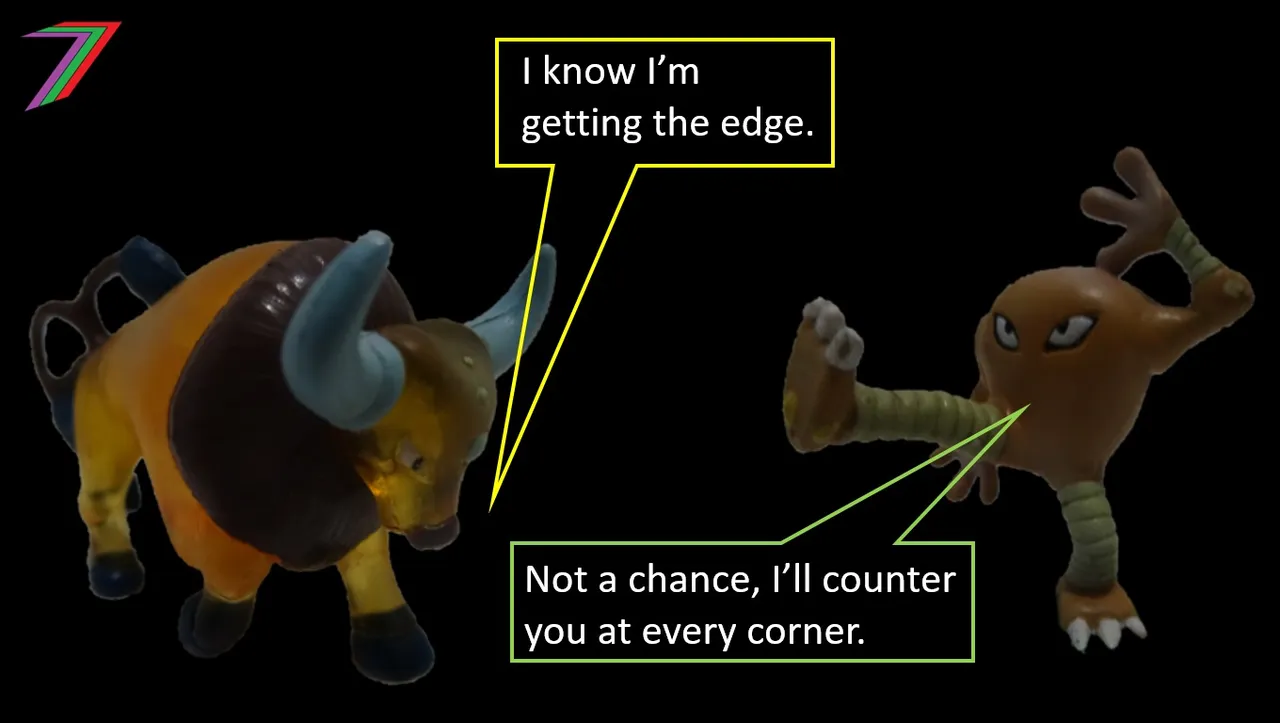
All ecosystems are within an environment. Environments are constantly changing. These changes can be slow or rapid. They can be permanent or temporary. All the species need to respond and adapt to the changing environment. Some will adapt better than others. Some will not be able to adapt at all. This is most likely to occur when the changes are sudden.
All species affect other species within their ecosystem. They affect some positively and others negatively. Eventually, for an ecosystem to be balanced, the positives and negatives need to balance out. This is generally true for species that remain in the ecosystem.
A species can gain an advantage through various means, such as speed, strength, or higher reproductivity. Advantages only persist to a certain point. Success leads to greater competition, and the weakest of the species are more likely to fail (e.g., they are hunted or less capable of hunting). If predators become very successful, they often fight each other rather than deplete the food supply. This is known as intraguild predation (Wikipedia). This can even occur within the same species. Eventually, the previously advantaged species will face stagnated or declining growth until it is back in balance with its ecosystem.
A species may become disadvantaged and experience declining populations. It will either adapt to counteract this disadvantage, leave and find another ecosystem where it is less disadvantaged, or die out. Adapting might simply involve the strongest surviving. They pass these traits onto their young, and the species continues in the ecosystem or even becomes one of the more advantaged species.
The backwards and forwards of obtaining and then losing the advantage in the ecosystem is typically beneficial to the ecosystem. Over millennia, ecosystems have become more diverse as different species adapt and change in different ways. Some species split into different sub-species. Species migrate between different ecosystems, and they adapt and change to suit the ecosystems they join. Over millions of years, the diversity of species exploded all over the world. Then we, humans, showed up.
The Human Advantage
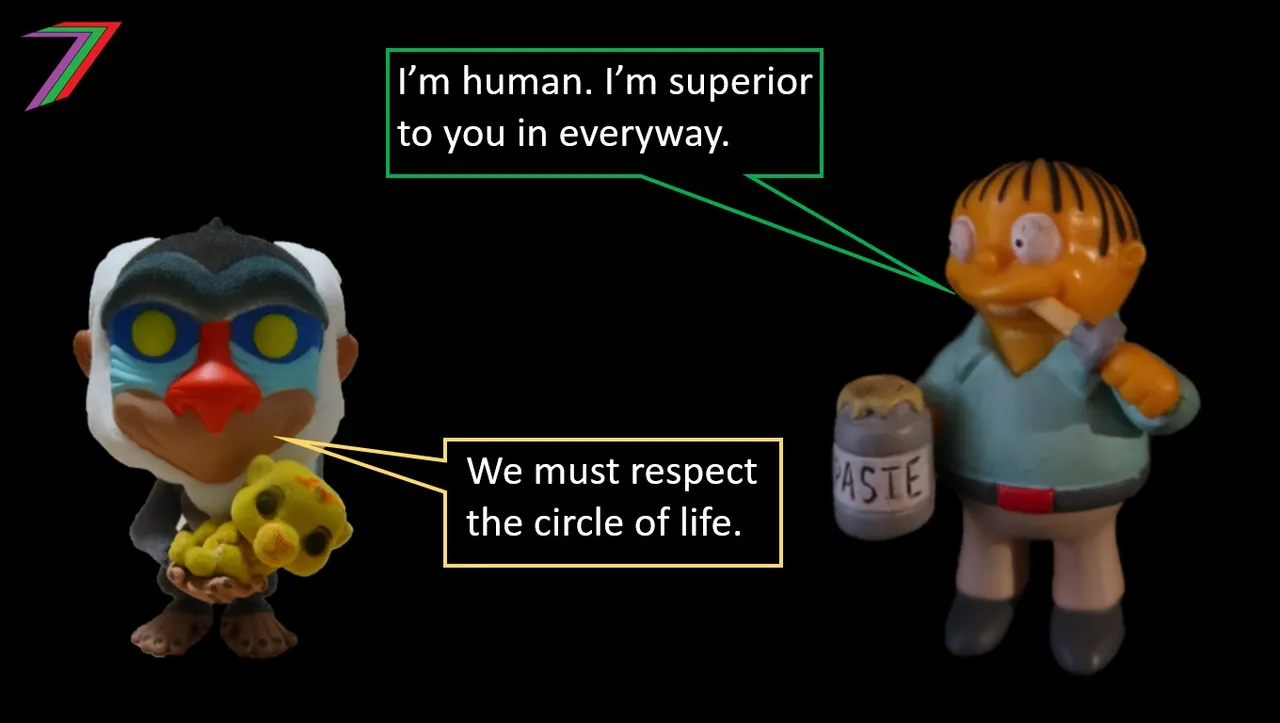
We do not naturally fit into any ecosystem. We dominate every ecosystem we encounter. The advantages we have cannot be naturally countered by behavioural changes or adaption by other species. Our advantage lies in our brain capacity and our ability to use this brain capacity.
How humans obtained such a huge advantage is an enigma to most of us. Evolutionary theories do not adequately explain how we could gain such an advantage. The main religions explain the human advantage in the context of divine intervention. They rely on knowledge passed down through ancient scripture. These scriptures are difficult to verify. Information has been lost through various translations, and the original scripture is based on word of mouth passed down over decades and, in some cases, centuries of teaching. There are many alternative theories that attempt to explain the creation of humans. These include alien intervention and the mass extinction of similar competing species that might have balanced human development.
We have limited physical advantages. We are relatively slow and weak compared to most other medium to large mammals. We have a few very useful physical features. One of them is our hands; the key feature of them is our opposable thumbs. Very few animals have hands with opposable thumbs. The animals that do do not have the same level of functionality as we do. Below are the animals that have hands with opposable thumbs.
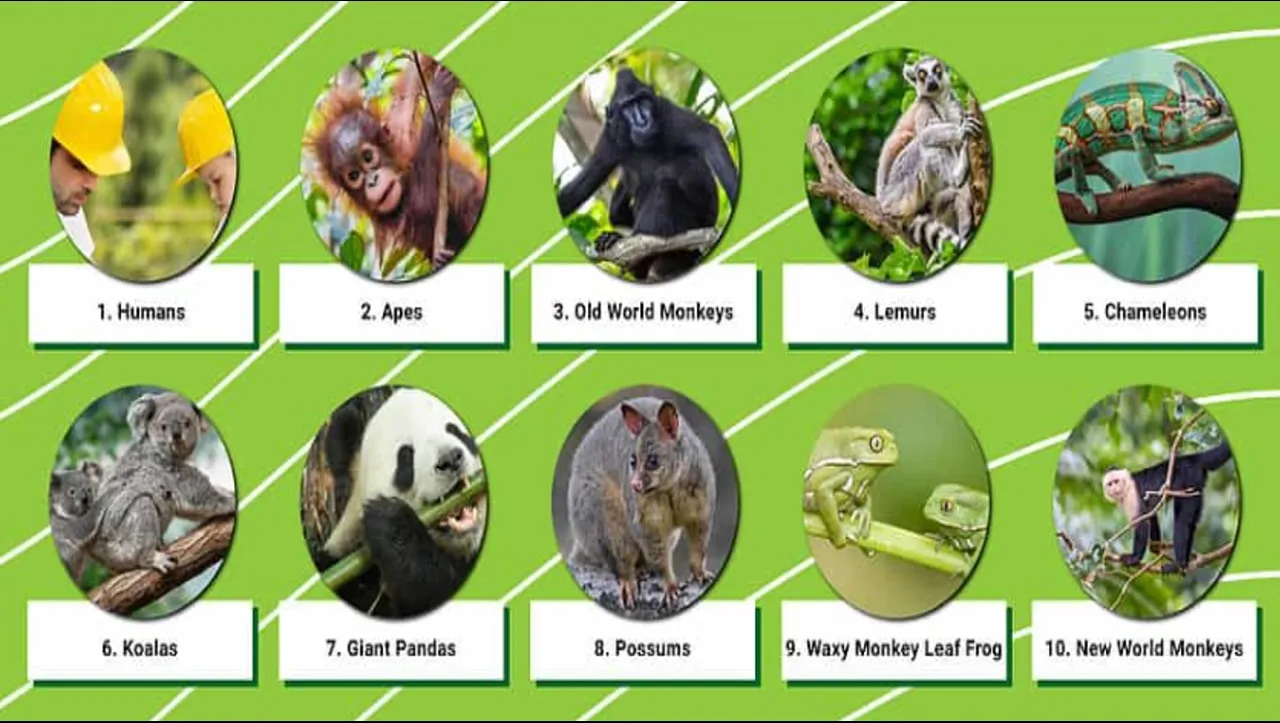
Source: AZ Animals
Our core advantage is our intelligence. Hands with opposable thumbs enable us to utilise our intelligence in ways not possible for any other species. With the exception of communication, almost everything we apply our intelligence to involves the use of our hands. Our dominance would not be possible without them.
Another very useful feature is our ability to talk. Unlike other mammals, we can use our mouth, tongue, chin, larynx, and lungs in a manner that enables us to produce an extremely wide range of sounds (Front Neurosci). Our intelligence enables us to utilise this ability to communicate with each other. We are able to create languages and record these languages using constructed vocabularies. This enables us to document our communication and pass it on to others. This leads to the transfer and accumulation of knowledge.
Birds are also capable of producing a wide range of sounds. Birds such as parrots, budgies, and mynas are capable of mimicking human speech and some phrases. However, they are unable to use this ability for the purpose of complex communication. They are also unable to construct their own complex languages. Their abilities most likely evolved as a mechanism for blending in with their environment. For us, it is communication. No other animal has evolved in such a way.
Competing Among Ourselves
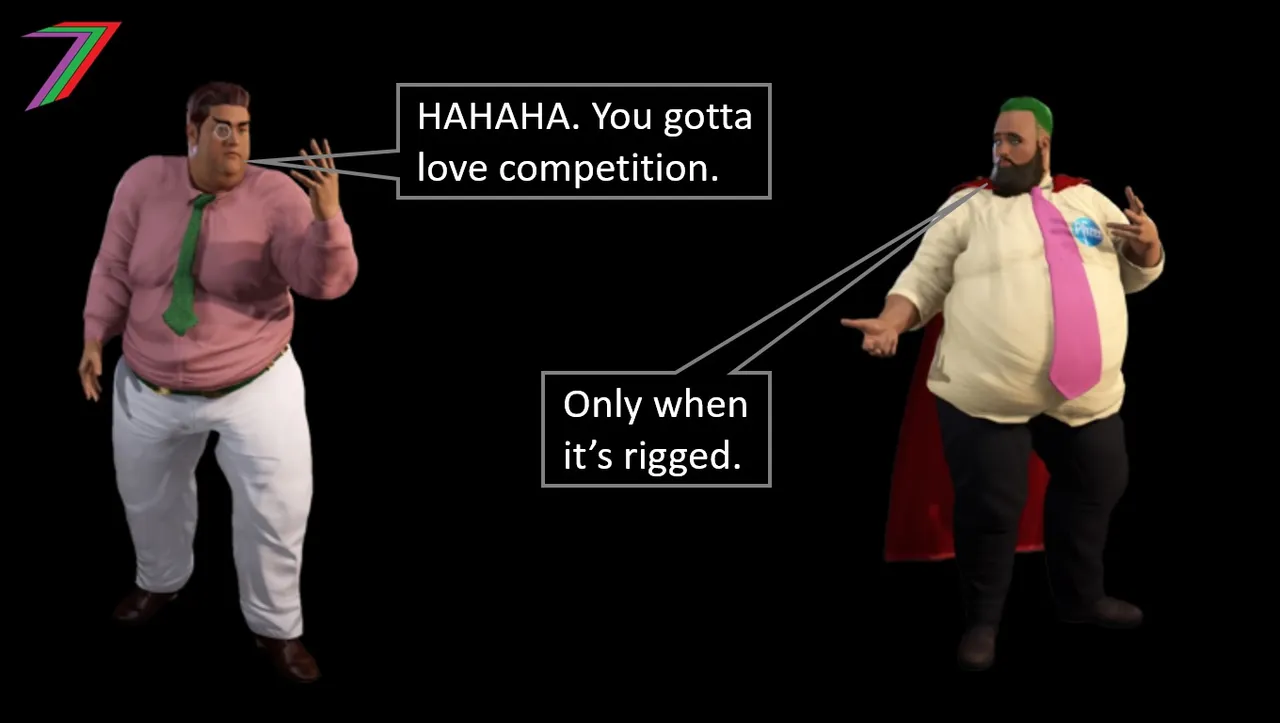
Our greatest competition is from within. We compete with each other individually. We also compete collectively at family, community, and national levels. Competition is a natural instinct. For most species, in order to survive, it is essential to be competitive. Failure leads to death. I would argue that we have this desire to compete and succeed in our DNA. We could strongly argue that this is a product of evolution. We desire to compete when we do not need to. Sports are an example of how we address our needs to compete.
Competition can be constructive if it motivates us to innovate and do things more efficiently and effectively. Competition can be destructive if it motivates us to cause harm. This can be through deception, threats, or even violence. Destructive competition is more likely to occur in zero-sum games (one person’s gain is another’s loss). Competition is more likely to lead to positive outcomes if cooperation and collaboration also exist. Competition becomes about seizing new opportunities rather than taking away another’s.
Destructive competition is likely to erode competition altogether. Winners remain, losers drop out, and newcomers are blocked by the aggressive strategies of the winners. Society becomes multi-tiered and multi-classed. Some societies suffer from a few winners from within and many winners from more successful societies. The winners separate themselves from everyone else. This is similar to how humans have separated themselves from other species.
The big difference is that the winner’s advantage is reversible. The winners establish systems that they use to entrench their position so that they cannot be easily challenged. At the same time, they are also weakening themselves as their avoidance of competition disincentivizes innovation, efficiency, and good leadership. The winners will eventually become losers. This may lead to increased competition or just another cycle of winners protecting themselves.
How Do We Fit In?

Being such a dominant species is both a privilege and a burden. It is a privilege, as we do not need to compete with other species to survive. It is a burden, as we may use our dominance to break the ecosystems we engage with. Humans do things in excess. We overhunt; overfish; destroy natural habits to claim more land; pollute the land, air, and water; and alter the environment to suit our own needs.
The biggest problem we have faced is maintaining a sufficient and sustainable supply of food. As our populations grow, we require more from our ecosystems. This would lead to their depletion. This is true for both the animals and plants we eat. For example, animals such as the Muskox, Bubal Hartebeest, and Pyrenean Ibex were hunted to or close to extinction (Hunter Course and Business Insider).
The solution was farming. Our food supply became controllable and, to a certain extent, sustainable. Farming was not applied to just food but to any plants or animals that we could use to make products. Humans have been farming for thousands of years. It has been hugely successful for our species. Arguably, farming could be considered our first step to controlling our ecosystem. This led to a huge role change. We went from being part of nature to being the masters of nature. Ever since, human dominance has grown and has been mostly sustainable.
We cause other species, in both the ecosystems we control and the ones we infringe on, to suffer.
The ones in the ecosystems we control suffer as they are bred to serve our needs and wants. They are completely deprived of any opportunity to adapt for their own benefit. Instead, we adapt them. As our populations increase, we adapt them further. We make them bigger, produce more secretions (milk or eggs), or have thicker skin or wool. Their quality of life falls as the space required to hold them becomes scarce and their bodies struggle to handle the adaptions we have made to them.
The ones in the ecosystems we infringe on suffer as we take from their ecosystems to serve our own. We take their land and contaminate (poisons, pollution, etc.) other parts we do not take. We accidentally and sometimes deliberately introduce species into ecosystems that are incapable of handling them (e.g., dogs in Australia) or are unable to adapt quickly to them. This puts these ecosystems at risk if the introduced species become dominant.
Dominance of the Meat Eaters
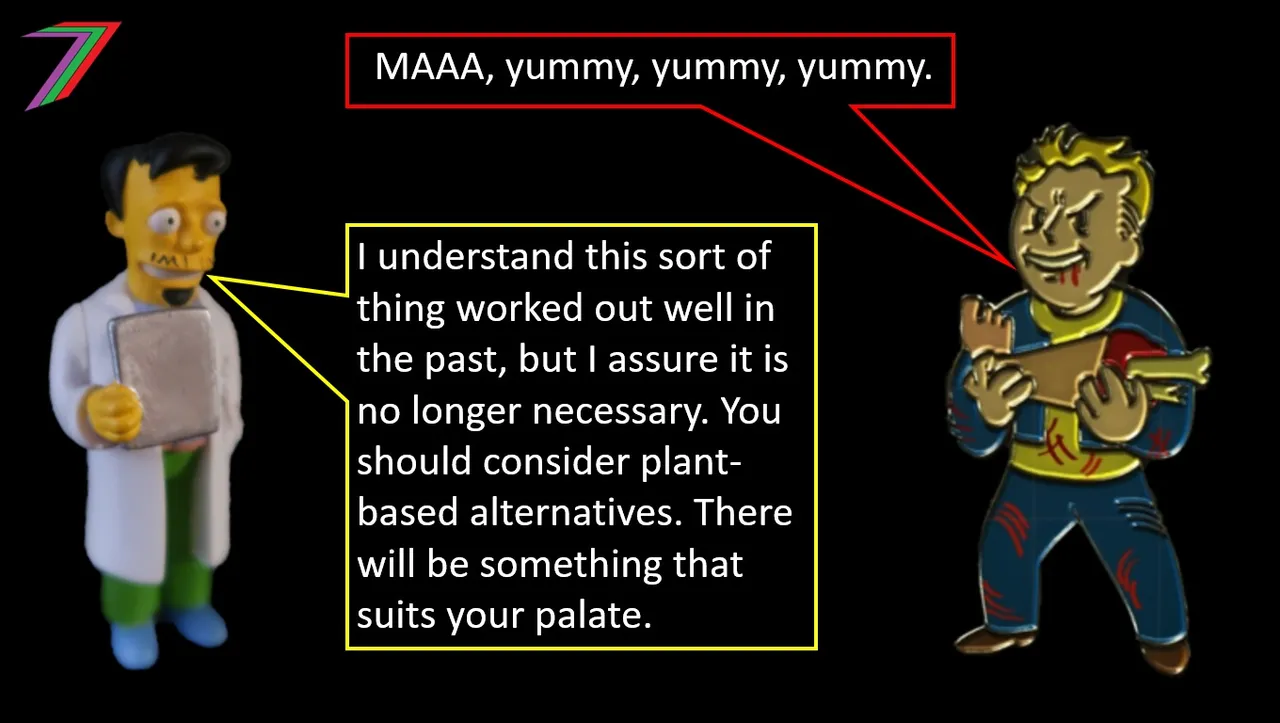
Disclaimer: There are several other alternative theories regarding the role of meat in our ancestors' diets. What I describe in this section makes the most sense to me.
Humans have managed to become the dominant species without being a powerful apex predator. We are not even a natural predator. We do not have powerful jaws, sharp teeth, or claws. We lack the strength to kill large prey, and we lack the speed and agility to hunt small prey. We can eat raw meat, but cooked meat is much easier to digest. The raw meat must also be fresh, or we will become ill and possibly die. Therefore, eating meat as a scavenger would not be ideal.
Our intestines have more in common with herbivores than carnivores. Our intestines are bumpy and relatively long compared to our torso length. Whereas carnivores have short and smooth intestines (Steve Pavlina). Hence, food takes longer to pass through our bodies. This is good for absorbing nutrients from plants but bad for meat, which decomposes in our bodies. This would explain why raw meat is more likely to make us ill than carnivores.
We could argue that we are omnivores because we eat meat. We have been eating meat for hundreds of thousands of years. For the majority of this time, the meat has been cooked. Our bodies would have, to a certain extent, adapted to be able to digest cooked meat. Our stomachs produce strong acids to break down meat. The pH levels of our stomachs could be as low as one (highly acidic) when we are digesting protein. However, it does not mean meat is ideal for our digestive system.
Hunting has been possible because of our ability to make weapons and tools and our ability to communicate and cooperate. Tribes with successful hunters are more likely to thrive because they were more innovative than tribes without hunters. Eating plant life or scavenging does not require as much innovation or skill as hunting. Weapons used for hunting animals could also be used to attack other tribes. Therefore, the hunter tribes are more likely to be successful in combat. Innovation in weapon and toolmaking could be transferred to other areas. Thus giving these humans an even bigger advantage. This would have resulted in these humans becoming more dominant. Therefore, it is logical that many of our ancestors would have consumed meat, possibly in large quantities, during periods when edible vegetation was scarcer.
Very few modern-day humans hunt for food. As mentioned earlier in the post, it has been replaced with farming. Meat is not an essential part of our diets, but our bodies are accustomed to it. People can be healthy without meat. There are plenty of examples of healthy vegetarians and vegans. However, not all vegetarian and vegan diets are healthy. People need to carefully plan what they eat to compensate for the nutrition they previously obtained from meat. Some people will struggle on these diets and may require supplements to meet certain needs.
Is a non-meat diet healthier than a meat diet? There are mixed results. Different sources of information will advocate for different diets. Evidence suggests that people with non-meat diets are less inclined to suffer from serious illnesses and diseases such as diabetes, cancer, and heart disease (Livestrong). Reduced meat consumption is also correlated to longer life expectancy (Livestrong).
More posts

I have several collections of posts. I have organised these collections based on content and purpose.
The first collection contains six collection posts created before PeakD had the collection feature. Four of these posts relate to the core of my content; one of them contains all my Actifit Posts, and one of them contains my video course, ‘Economics is Everyone’.

The second collection consists of the posts that I consider define my channel. These posts are significant in terms of content as well as how they contribute to the growth of the channel. These posts reveal the most about what I believe in.

The third and fourth collections are what I call my ‘Freedom-based Economics Living Book’. They contain all the posts that support my ideas about the value and power of freedom. Some of these posts explain what we can achieve with freedom and what we need to utilise it for. Some of them explain how we are deprived of freedom and how we often give up freedom for security and comfort. The third collection concludes with possible scenarios depending on what we (society) choose to do.


Hive: Future of Social Media
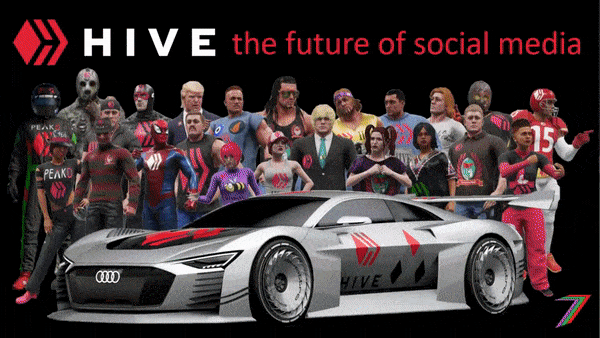
Spectrumecons on the Hive blockchain
